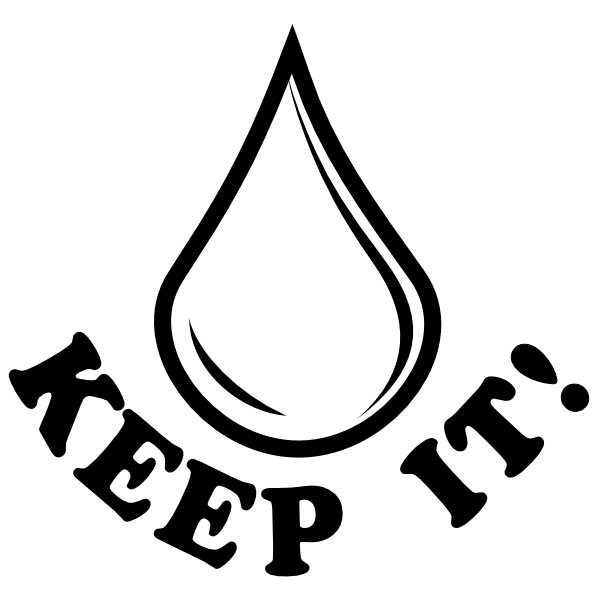June 2023
Allergy & Asthma Medications
This section reviews commonly used medications for allergies and asthma.
For more detailed information and references on specific medications, please refer to LactMed, e-lactancia, Infant Risk, or Mother to Baby.
Allergy Medications
There are a few drug classes that can be used to treat allergies during lactation. These are separated by class and summarized below.
Antihistamines
While infants should be monitored for sedation, there is no absolute indication to pump and dump with these medications.1
- First generation antihistamines (brompheniramine, chlorpheniramine, cyproheptadine, dimenhydrinate, diphenhydramine, doxylamine, hydroxyzine, meclizine, promethazine, triprolidine): The first-generation antihistamines have more side effects than the second-generation agents. They are more sedating and have a greater likelihood of causing sedation in the lactating parent and infant. They are also more likely to decrease milk production when used in high doses or on a regular basis.1 While dyads should be monitored for sedation and milk production may decrease with higher doses of these medications, there is no absolute indication to pump and dump.
- Second generation antihistamines (azelastine, cetirizine, desloratadine, fexofenadine, levocetirizine, loratadine, olopatadine): The second-generation antihistamines, whether used orally or topically (e.g. azelastine and olopatadine), are generally less sedating than the first generation antihistamines. They are unlikely to cause infant sedation or a drop in milk production, even with regular use.1 There is no absolute indication to pump and dump.
Corticosteroids
There is no absolute indication to pump and dump though high doses of parenteral (intravenous or injected) steroids may warrant holding off on giving milk for a brief period (see below). Corticosteroids can be given intranasally, orally, topically, or by injection for different types of allergies. For more information, see the section on Steroids.
- Oral corticosteroids (prednisone, prednisolone, methylprednisolone, dexamethasone): Although older literature suggests withholding breastfeeding for a time after a dose, this is not necessary. There is no absolute indication to pump and dump.
- Intranasal corticosteroids (fluticasone, betamethasone): There is no absolute indication to pump and dump.
- Injectable corticosteroids (methylprednisolone): Although not absolutely necessary, lactating individuals may consider holding off on giving their milk to the infant for 1-4 hours after treatment with a very high dose of IV glucocorticoid, out of an abundance of caution.2 The milk can be expressed and stored for later use in small increments. While lactating individuals should be engaged in shared decision making when prescribing high doses of IV glucocorticoids, there is no absolute indication to pump and dump.
Immunotherapy
Allergy shots are considered safe during lactation. There is no absolute indication to pump and dump.
Leukotriene inhibitors
Montelukast has the most evidence, demonstrating that levels are low. Zafirlukast and zileuton are also expected to have very low levels in breastmilk. These medications are considered safe in the breastfeeding dyad, although little information is available about possible effect on milk production.3 There is no absolute indication to pump and dump with leukotriene inhibitors (montelukast, zafirlukast, zileuton).
Asthma Medications
There are many classes of medications that can be used to treat asthma and other obstructive airway diseases. While there are special considerations for theophylline (as noted below), there is generally no absolute indication to pump and dump with the majority of medications used to treat asthma. The common options are separated by class and discussed below:
Inhaled bronchodilators
There are low to negligible maternal serum levels of these drugs and they have low oral bioavailability, so infant absorption is minimal and no effects on infants have been seen. While we do not have evidence about how these medications affect milk production, these medications are considered safe for use in the breastfeeding dyad. There is no absolute indication to pump and dump with inhaled bronchodilators (inhaled short or long-acting beta-agonists and inhaled anticholinergics).
Inhaled corticosteroids
The low levels in milk and low oral bioavailability lead to undetectable levels in breastfed infants. No effects on infants have been seen. These medications are considered safe in the breastfeeding dyad. There is no absolute indication to pump and dump with inhaled corticosteroids (inhaled budesonide).
Inhaled Ipratropium/Atrovent
There is a lack of data on milk transfer, but maternal serum levels are negligible in available studies. There is no absolute indication to pump and dump.
Leukotriene inhibitors
See above under Allergy Medications.
Theophylline
This medication may cause irritability or fretful sleep in infants, especially in newborns and premature infants. The lowest therapeutic dose should be used if this medication is necessary as milk levels mirror blood levels in the lactating parent. Neonates and premature infants appear to clear the medication more slowly, so alternative options should be used for lactating parents of infants this age.4 Alternative medications are preferred, especially with lactating individuals who have premature or newborn infants. If theophylline is used, there is no absolute indication to pump and dump but the lowest therapeutic dose should be used and infants should be monitored for side effects (irritability, poor sleep).
Monoclonal antibodies
Many monoclonal antibodies (such as omalizumab amongst others) are being used in asthma. These are large molecules that would not be well absorbed by the infant even if they do transfer into milk. Check LactMed for further details on specific monoclonal antibodies. There is no absolute indication to pump and dump with monoclonal antibodies.
References
(1) Ngo, E.; Spigset, O.; Lupattelli, A.; Panchaud, A.; Annaert, P.; Allegaert, K.; Nordeng, H. Antihistamine Use during Breastfeeding with Focus on Breast Milk Transfer and Safety in Humans: A Systematic Literature Review. Basic Clin Pharmacol Toxicol 2022, 130 (1), 171–181. https://doi.org/10.1111/bcpt.13663.
(2) Methylprednisolone and breastfeeding. Are they compatible? https://e-lactancia.org/breastfeeding/methylprednisolone/product/ (accessed 2022-06-13).
(3) Datta, P.; Rewers-Felkins, K.; Baker, T.; Hale, T. W. Transfer of Montelukast into Human Milk During Lactation. Breastfeed Med 2017, 12, 54–57. https://doi.org/10.1089/bfm.2016.0162.
(4) Yurchak, A. M.; Jusko, W. J. Theophylline Secretion into Breast Milk. Pediatrics 1976, 57 (4), 518–520.

